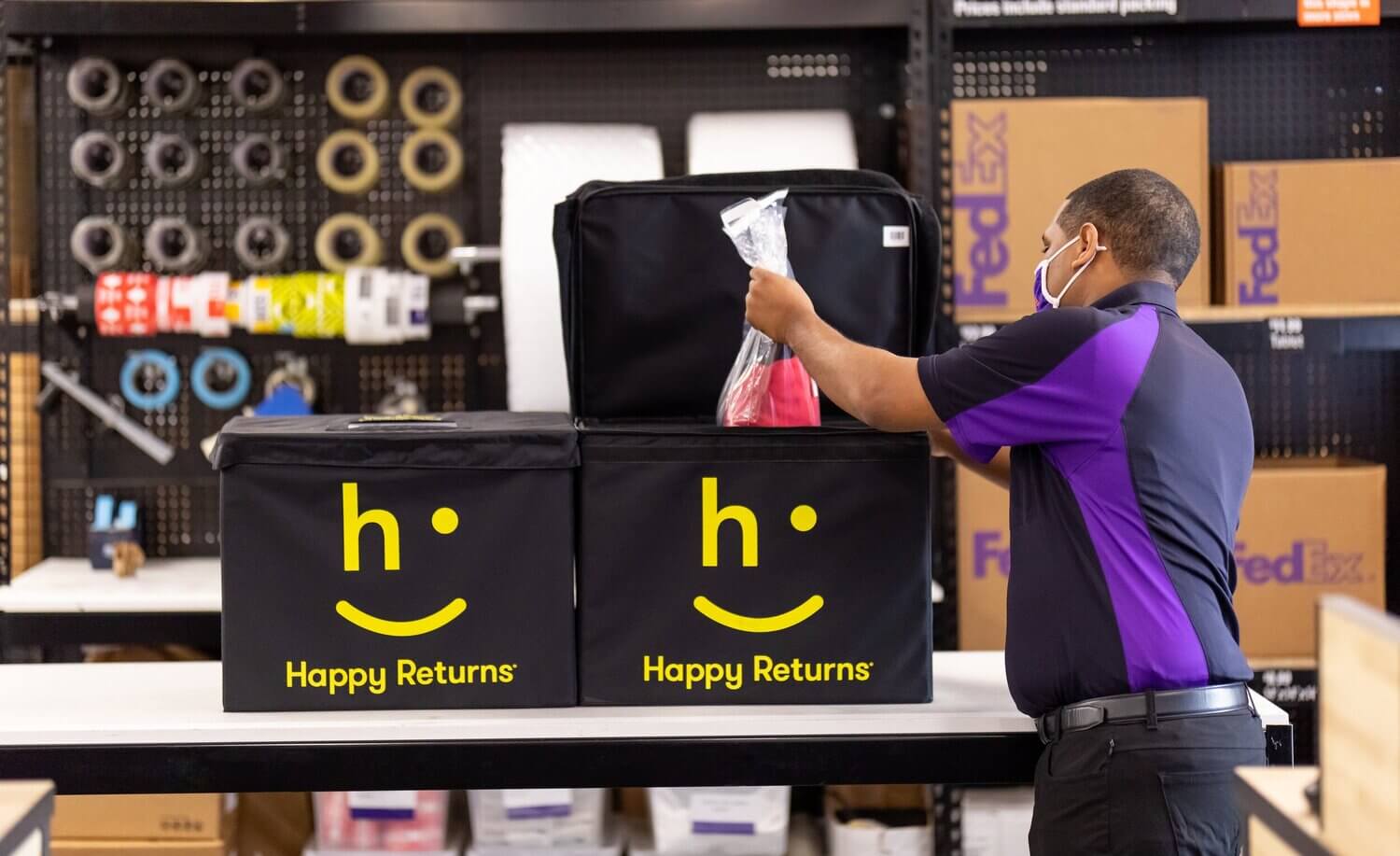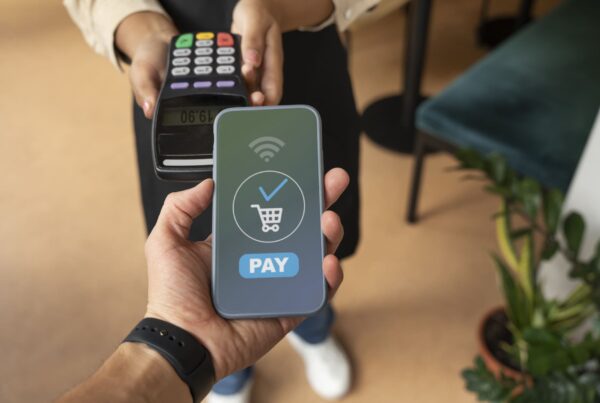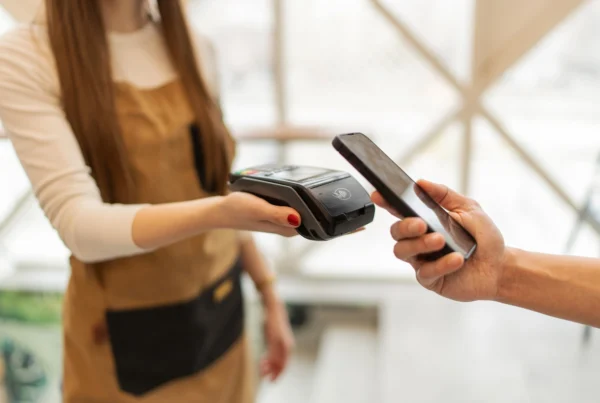No one likes returns because it’s expensive and time-consuming. However, to continue to compete fiercely and ensure high standards of order management, retailers must offer the option of returning or replacing products. RMA helps eCommerce businesses make the return process more convenient. So, what is RMA?
If you’d like to learn about RMA meaning but don’t know where to start, this article is for you. We’ll explain what it is, why you need one, and how to apply it to your retail business.
What does RMA mean?
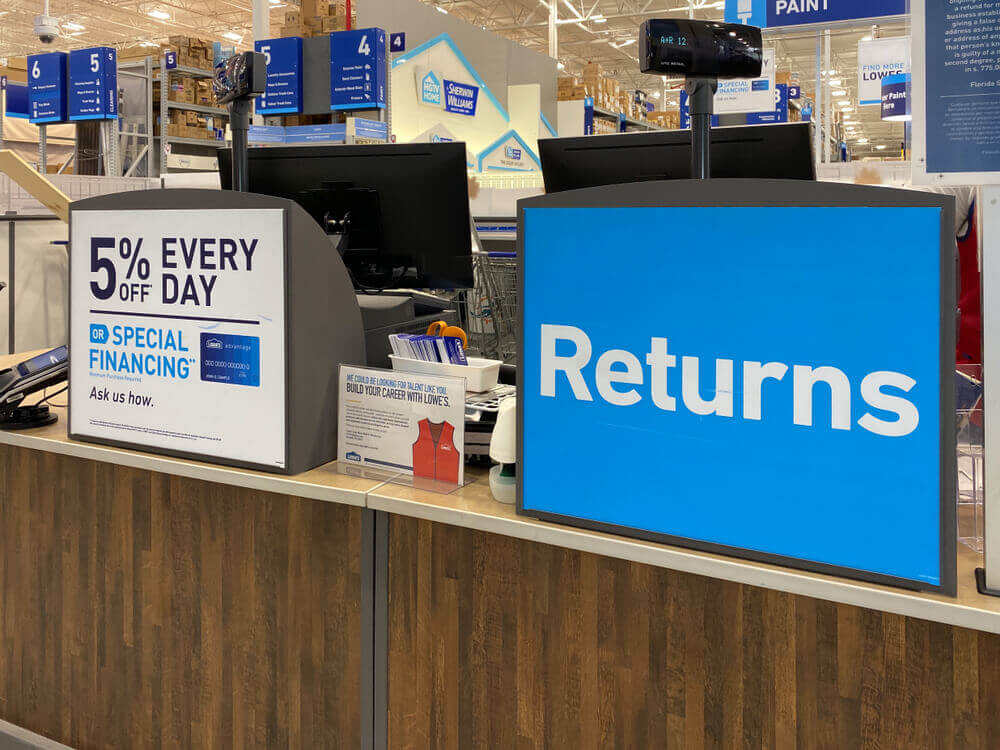
RMA stands for Return Merchandise Authorization. It is a process that returns a product for a refund, replacement, or repairs during the return or replacement of the product.
So, what does RMA stand for in business? Retails may define RMA for specific situations including:
- Merchandise in a specific condition
- Refund without receipt (No more than a certain period since purchase)
What is an Return Management Authorization number?
An RMA number is the number you assign to a particular order to authorize a product return to:
- Track the type, name, and quantity of returned items, so nothing gets lost, and the products don’t get mixed in with new product shipments
- Update quantity automatically to the inventory management software (or an ERP system) when they scan the number upon arrival
- Check the return progress: Put the RMA number into your website so both customers and you can check the status
What is an RMA form?
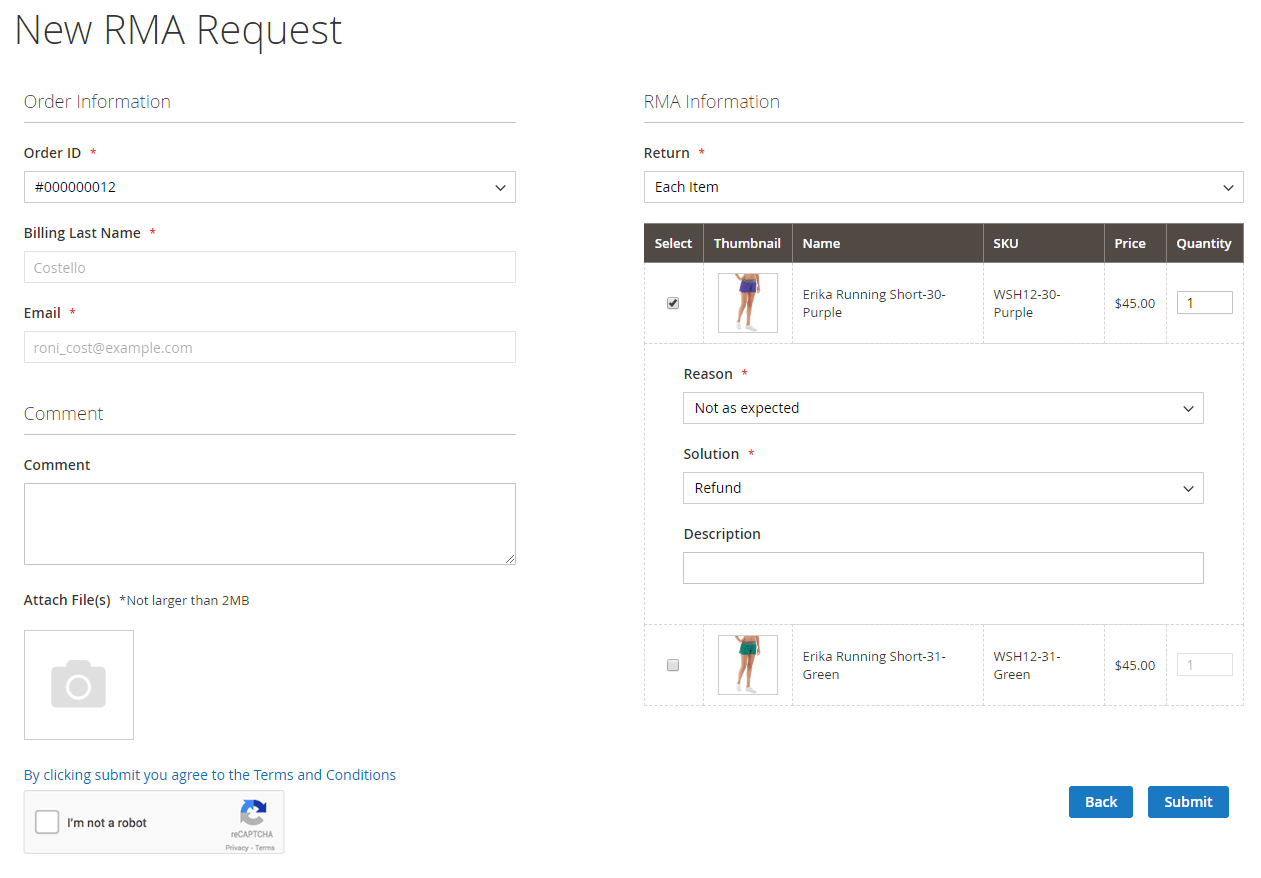
An RMA form is a document for customers to return products. This form outlines:
- Customer information: Customer’s name, telephone number, and address. You can look up this information in your system to find their original order or send a replacement.
- Product data: Name of the product and the quantity to return
- Reason for return: Identify why a product is returned. It can be an area to write a reason or a series of checkboxes for more common issues.
- Return or refund: Customers can request either choice.
Retailers can include RMA forms with the product, inside the eCommerce packaging or send them out to customers upon RMA request.
Now you understand “What is RMA?” and all related RMA definitions, it’s time to explore how it works.
What is the RMA process?
In the return process, your retail store interacts with customers at 3 main stages:
- At the start of the process: Turn the return request into a return authorization, also known as the Return Authorization process
- During the process: Provide status updates
- At the end of the process: Focus on the customer’s desired service, such as a product exchange or refund, or the Return Settlement process
A comprehensive RMA solution will support customer interaction at all 3 stages.
Why do you need RMA?
RMA is necessary because it’s the critical process involved in reverse logistics between sellers and buyers.
- Buyers have the chance to request a product exchange or refund if not satisfied with the delivered product.
- Sellers have the chance to correct any mistakes.
So, what is RMA for retail? Here are some reasons why you need an RMA for your retail.
1. Better return management
Some businesses allow customers to return products under any circumstances. However, most businesses don’t like these types of returns; they need to know the exact condition of the product so as not to fall prey to any fraudulent activities of customers.
Therefore, RMA systems can help to:
- Provide a portal where you can ask customers for clear pictures of the product to see if the product is in good condition for resale
- Claim the shipping partner for damages if the product is damaged on arrival
This RMA processing saves many eCommerce sellers from being scammed and improves inventory management.
2. Fast return processing
Once you have received the returned item or you have accepted the return, you are required to refund the paid amount within the promised timeframe.
An effective return management authorization system will:
- Track each returned product
- Notify you of pending refunds to resolve the refund
Many return management systems with RMA processes allow merchants to immediately credit the customer’s account as soon as the return is approved, thus shortening the process.
3. Easy tracking of return status
When returning products, customers want to track the return process. Therefore, they’ll probably call or email you to check on how things are going.
To answer any question accurately and quickly, the RMA associates the return with the original transaction. When a customer requests their refund or exchange, the RMA process flow will be:
- Connect all the details of the customer’s original order to the return
- Centralize all that data in your system (ERP or CRM)
That way, RMA allows you and your customers to more easily track and check the progress of returns in real-time, including:
- Location (shipping or arrived at your warehouse)
- Shipping method
- Time to complete refunds or exchange items
4. Closer insights to find out why customers return orders
The RMA system allows customers to choose from a list of return reasons.
- The list can contain all the agreed purposes for consumers to return products to identify “What is RMA for?”
- You’ll know the exact reason to follow up with customers, and customers will have the opportunity to express their dissatisfaction.
It benefits both sellers and buyers. Starting an organic conversation can help you build a strong relationship even if you messed it up the first time. In addition, the information you collect and the dialogue you are having will benefit your retail in the long run. For example, use the information gathered through RMA processes to improve your percentage of perfect orders.
How to implement RMA for your Magento business
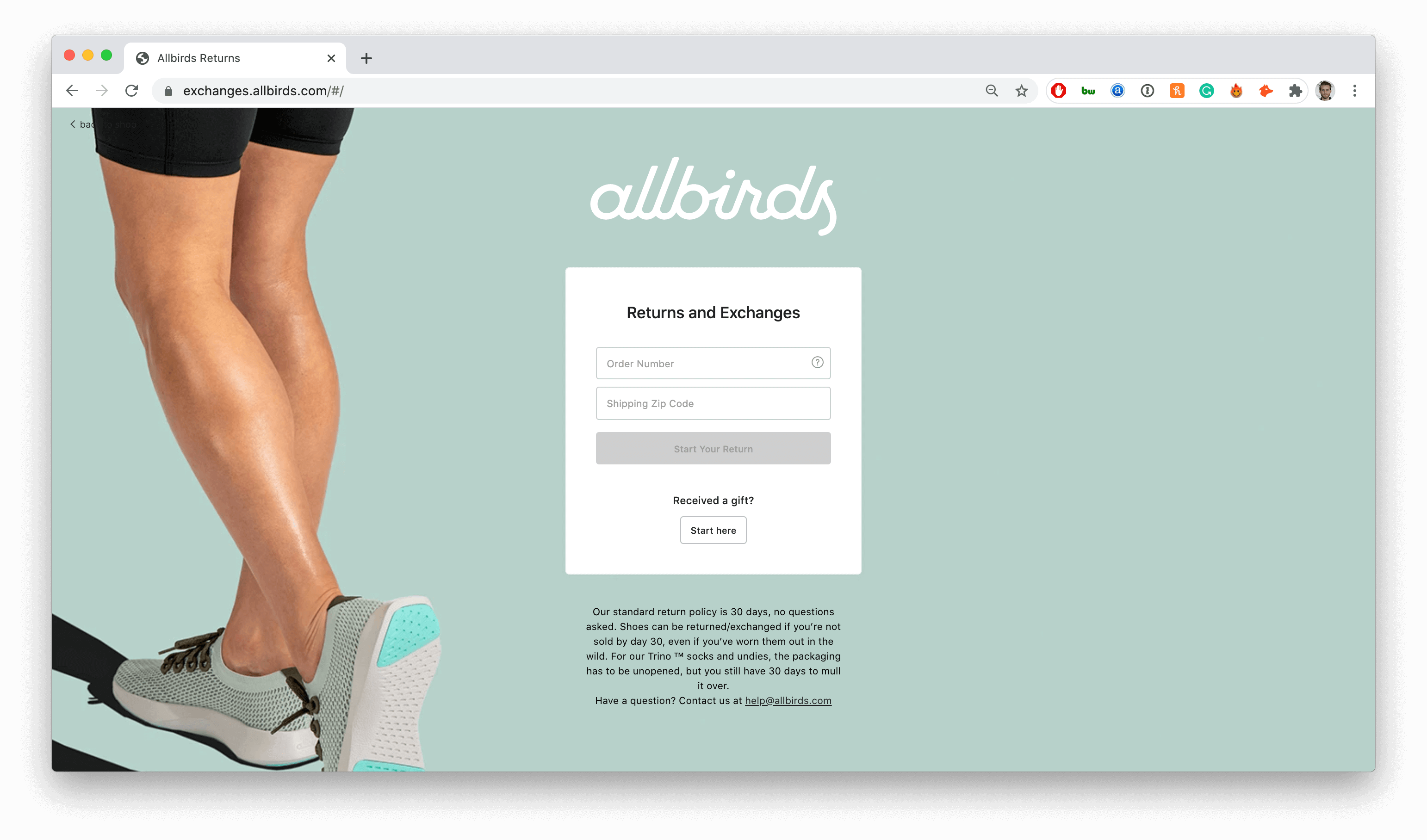
You know that RMA process flow positively impacts product returns. Now you may wonder how to apply it. There are 2 approaches to implement RMA in your Magento business:
- If you use the Magento Commerce version, you can use the built-in feature.
- If you use the Open Source version, you can use third-party extensions.
And here is how RMA works in your online and offline channels.
Online return
After the customer proposes to return the goods online through the RMA system:
- Customers receive a confirmation email with a printable return label.
- Depending on your business model, you can either refund immediately or wait until you receive the item.
- Once you have the item in hand, RMA automatically adds it to your Magento inventory management.
In-store return
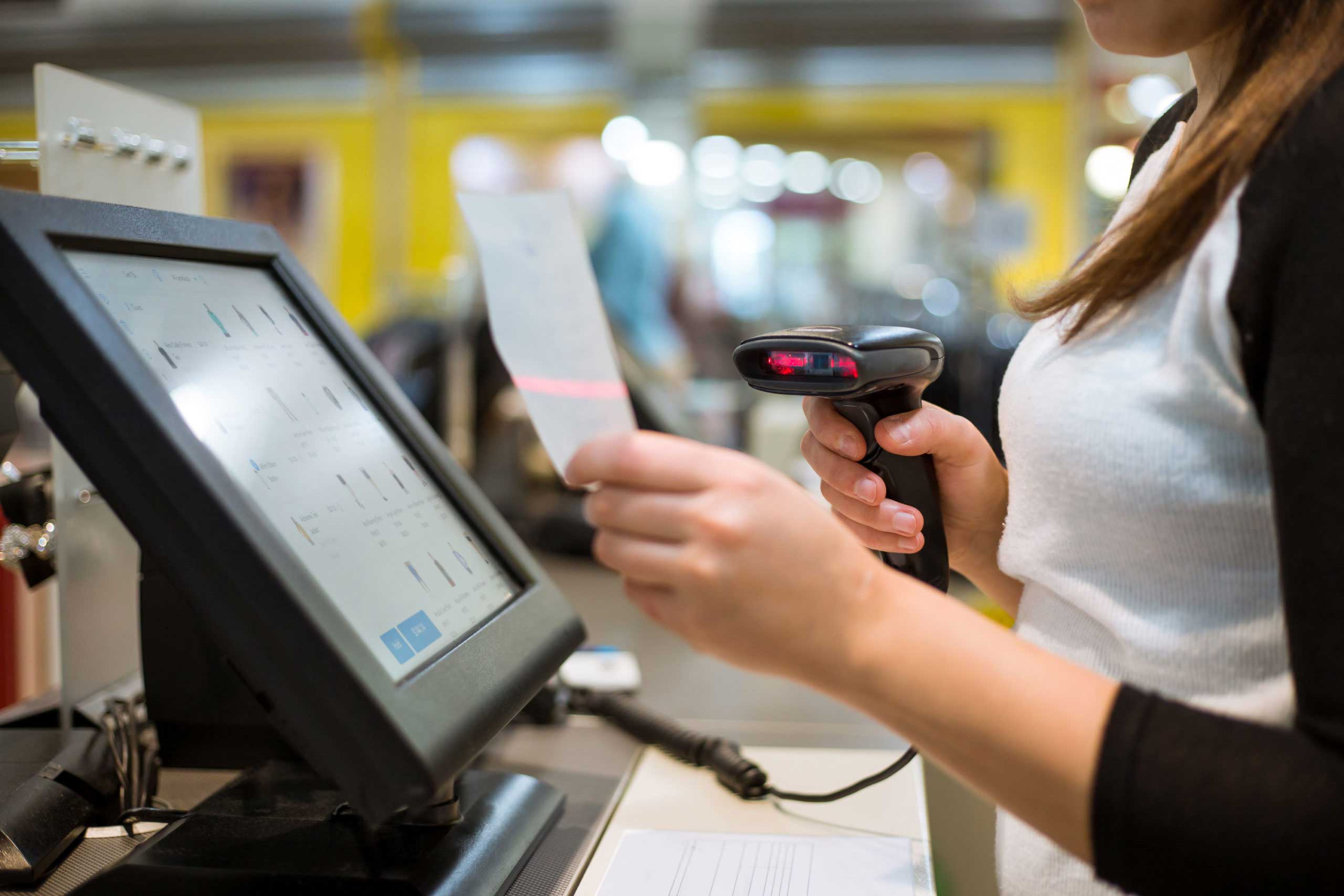
You can flexibly define “What is RMA?” for your brick-and-mortar stores. However, it’s recommended to use a POS integrated with Magento to easily find and sync order information between online and offline channels. In addition, most POS systems have a return function and offer on-demand automation to accelerate the return process to reduce stress by making the process flawless and fast.
- Automatic refund processing
- Approve RMA process flow for compliance
- Multiple payment methods
- Accounting integration
Thus, returns can be remedied using various flexible solutions to minimize buyer risk and store loss. For example, instead of returning the item and getting a refund, the customer can choose other appropriate options such as replacing the relevant product or redeeming the returned amount to store credit for later use.
These efficient alternatives are more profitable for you because customers can make a future purchase at your store. Accordingly, it’s your opportunity to earn some long-term customers.
Read more: 5 steps of an in-store product returns process (and 5 tips to optimize it)
Frequently asked questions
Is an RMA free?
Some RMA systems are free, and others are just functions included in your platform (like Magento RMA) and ERP systems. The best free individual RMA processes are RMAPortal, Third Wave, and WorkWise.
What information is needed for an RMA?
The information needed for RMA requests includes the product information (name and SKU), refundable amount, customer contact info, and reason for return so the system can interpret “What is RMA handling?”
How do I make an RMA label?
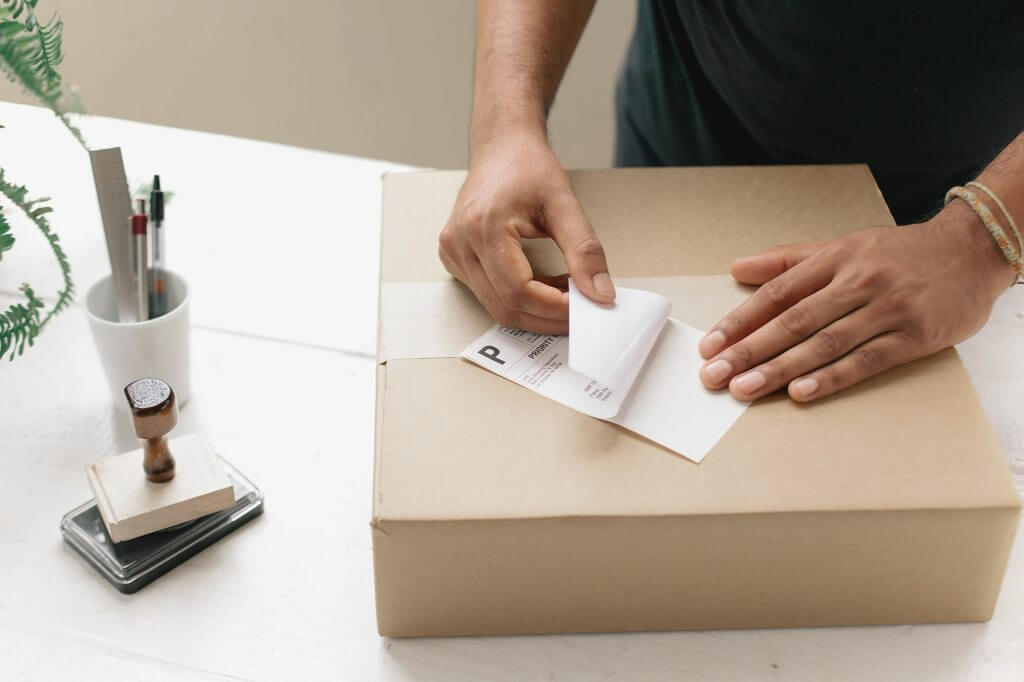
For retailers, you can generate an RMA label in your RMA requests then choose either option:
- Include return labels in all your eCommerce orders
- Send it in emails to customers who want to return items
Customers can print the return label and stick it on the return parcel.
Can you track a package with an RMA number?
Yes, sellers and buyers can track returning packages with the assigned RMA number in one of the 2 ways:
- Enter the RMA number to the return portal on the seller’s website
- Follow the tracking link in the customer’s return emails
Conclusion
Through this article, we hope to give you an overview of “What is RMA?”. All retail stores must handle returns and refunds. As a retailer, you should consider implementing a robust RMA system into your retail store. An RMA system helps smooth returns and keeps your loyal customers.
If you want to apply RMA to your Magento website, you can use the RMA feature of Magento eCommerce. As for the brick-and-mortar store, choose native Magento POS software that integrates returns and refunds. It will create a seamless return process between the online and offline channels and saves your implementation costs.
You can get a free consultation with Magestore and we can help you build an RMA solution for your Magento business.



